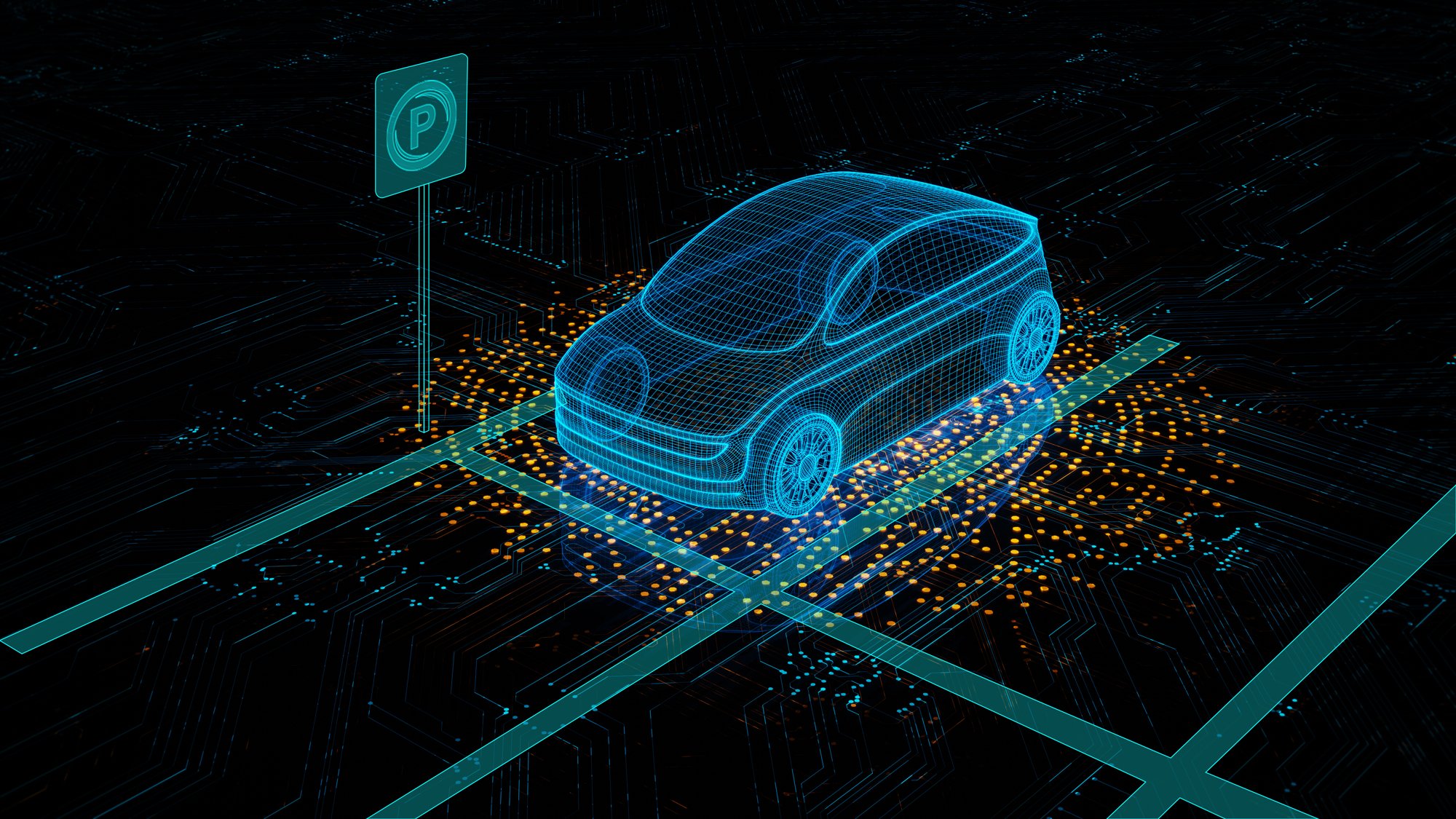Future Opportunities for Parking Management in the Metaverse
5 min read
Published on Parking Industry Insights
In its infancy, the metaverse has already unlocked many opportunities for organizations, whether for selling virtual products, owning virtual real estate or just establishing their brand in this three-dimensional world.
However, as the metaverse continues to evolve, so will the possibility for all industries to get their slice of the (virtual) pie—including the parking and mobility industry. So, what does the future hold for parking management in the metaverse? Below are five ways the metaverse can help futurize your parking management strategy.
1. Elevate your customer service initiatives.
Although virtual customer service is a pre-existing service that parking operators like Precise ParkLink offer, the metaverse will inevitably bring it to the next level. Augmented reality (AR), the integration of digital information into the physical environment in real-time, is already being used as a means to provide an elevated level of support. 3D technologies such as holograms will soon make their way into parking management strategies, as they can transform the customer journey into a fully-immersive experience. These AR customer service representations will assist and communicate with customers in real-time, whether helping them pay for parking, finding their vehicle or entering and exiting the facility.
2. Improve your parking management strategy.
Evidently, the metaverse can be used to enhance parking lot management strategies and will provide an added level of support on both the business and customer levels. 3D mapping your facility will create a basis for other AR technologies, such as holograms, to be implemented into your parking infrastructure. Virtual reality will give property managers the ability to immerse themselves in their environment, without physically having to be there. When paired with existing technologies, property managers can streamline their operations, keep tabs on what is happening onsite and make strategic adjustments when necessary.
3. Virtualize your technical service and support protocols.
When technical support or maintenance is required, parking operators or facility managers can scan and walk through their parking facility in real-time (in the metaverse) to understand what's happening onsite without having to be onsite physically. Whether to determine if any facility maintenance is required, such as pothole refills, if the onsite signage or stall markings are maintained, or if their devices are functioning efficiently, the metaverse will help virtualize and simplify these protocols. To do this, a 3D or spatial map of your facility is required in order to accurately outline and depict your physical environment.
4. Gather data and customer behaviours in real time.
Integrating your facility and parking management strategy with the metaverse will allow you to view real-time occupancy virtually. Instead of relying solely on a business management platform, you can verify what is happening onsite with a real-time look by virtually entering your space. Technologies such as virtual reality (VR) headsets or gloves will allow you to interact with and fully immerse yourself in an artificial, 3D version of your physical environment. This will minimize the time most spend analyzing data on the back-end, ultimately providing you the opportunity to capitalize on your occupancy levels, and adjust your strategy to work for both you and your customers.
5. Reserve stalls for various use cases.
Parking facilities are not a one size fits all. In most cases, they are made up of various types of parking stalls that accommodate various customer needs, whether it be designated stalls for accessible or family parking, parking permits or pre-booked reservations. However, it is common for these stalls to be abused by those who are not permitted to park there. Believe it or not, organizations are already exploring options to ensure reserved parking stalls are properly utilized. How? AR technologies such as digital holograms will be able to determine whether you have the necessary credentials to park there. This however, can only be made possible when paired with camera recognition technology that detects whether or not the driver has the necessary credentials to enter the facility. From there, the hologram will be able to relay the applicable message.
The metaverse will soon offer many opportunities for the parking and mobility industry, making it a necessary consideration when looking to futurize your parking management strategy and set your facility up for success. Soon, there will be nothing that you can't do.
To learn more about the metaverse and opportunities for parking within it, tune into Precise ParkLink’s annual Tek Talk The Metaverse: Managing Parking Without Boundaries on October 27th at 12:00 pm EST!
References
Baldeo, S. (n.d.). What is the Metaverse? Precise ParkLink. Retrieved September 26, 2022, from https://www.preciseparklink.com/news/what-is-the-metaverse
Chinn, A. (2022, June 28). Everything you need to know about customer service in the metaverse. HubSpot Blog. Retrieved September 26, 2022, from https://blog.hubspot.com/service/metaverse-customer-service
Encyclopædia Britannica, inc. (n.d.). Virtual reality. Encyclopædia Britannica. Retrieved October 4, 2022, from https://www.britannica.com/technology/virtual-reality
Gillis, A. S. (2022, July 12). What is augmented reality (AR)? WhatIs.com. Retrieved October 4, 2022, from https://www.techtarget.com/whatis/definition/augmented-reality-AR
In Russia, holograms of disabled drivers guard their parking spaces. Springwise. (2019, May 9). Retrieved September 26, 2022, from https://www.springwise.com/russia-holograms-disabled-drivers-guard-parking-spaces/
Schmarzo, B. (2019, October 26). Digital Transformation Horizon 1 to Horizon 3: when is innovation really innovation? Data Science Central. Retrieved September 26, 2022, from https://www.datasciencecentral.com/digital-transformation-horizon-1-to-horizon-3-when-is-innovation/
Shaham, H. (2022, June 28). 3 uses of augmented reality in Customer Service. TechSee. Retrieved October 4, 2022, from https://techsee.me/blog/augmented-reality-customer-service/
Dani Ierullo
Director, Proposals, Precise ParkLink



